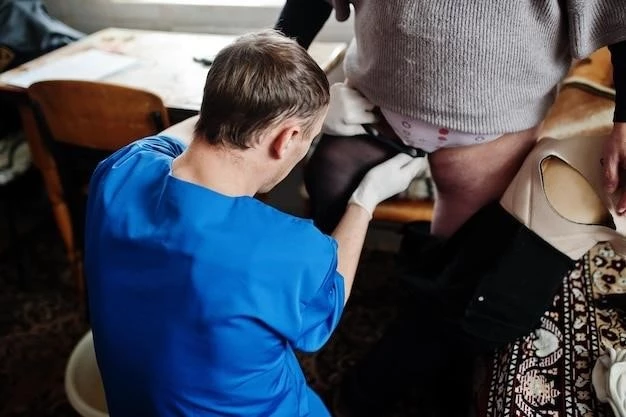Cantalamessa–Baldini–Ambrosi Syndrome is a rare genetic disorder characterized by...
Description⁚
Cantalamessa–Baldini–Ambrosi Syndrome is an extremely rare disorder involving intellectual disability, microcephaly, speech delay, and distinctive facial features. It is caused by mutations in the SATB2 gene. Individuals with this syndrome may have a range of developmental delays and orthopedic issues. Early diagnosis and intervention are crucial for managing the symptoms and improving quality of life.
Causes of Cantalamessa–Baldini–Ambrosi Syndrome
Genetic Mutation
Genetic Mutation⁚
Cantalamessa–Baldini–Ambrosi Syndrome is primarily caused by mutations in the SATB2 gene. These mutations disrupt normal gene function, leading to the characteristic features of the syndrome. The SATB2 gene plays a crucial role in regulating the activity of other genes involved in brain development, which explains the neurological and developmental symptoms associated with this rare disorder.
Symptoms of Cantalamessa–Baldini–Ambrosi Syndrome
Common Signs
Common Signs⁚
Individuals with Cantalamessa–Baldini–Ambrosi Syndrome often present with microcephaly, moderate to severe intellectual disability, speech delay, and distinctive facial features including a high forehead, prominent jaw, and widely spaced teeth. Additional characteristics may include skeletal anomalies, muscle hypotonia, and behavioral issues. These symptoms can vary in severity among affected individuals.
Treatment Options for Cantalamessa–Baldini–Ambrosi Syndrome
Medical Interventions
Medical Interventions⁚
Management of Cantalamessa–Baldini–Ambrosi Syndrome focuses on addressing individual symptoms and may include early intervention programs, speech therapy, physical therapy, and educational support. Orthopedic issues and behavioral challenges may require specialized care. Regular monitoring by a multidisciplinary team is essential to customize treatment plans and optimize the quality of life for individuals with this rare genetic disorder.
Prognosis of Cantalamessa–Baldini–Ambrosi Syndrome
Long-Term Outlook
Long-Term Outlook⁚
The long-term outlook for individuals with Cantalamessa–Baldini–Ambrosi Syndrome varies depending on the severity of symptoms and individual response to treatments. Early intervention and ongoing support can significantly improve quality of life. Regular monitoring and adjustments to the treatment plan as needed are essential for optimizing outcomes and providing individuals with the best possible long-term prognosis.
Research Updates on Cantalamessa–Baldini–Ambrosi Syndrome
Recent Studies
Recent Studies⁚
Recent studies have focused on further understanding the underlying genetic mechanisms of Cantalamessa–Baldini–Ambrosi Syndrome, exploring potential targeted therapies to address specific symptoms, and investigating ways to improve the quality of life for individuals affected by this rare disorder. Advances in genetic research and personalized medicine show promise for enhanced management strategies tailored to the unique needs of individuals with this syndrome.
Coping Strategies for Cantalamessa–Baldini–Ambrosi Syndrome
Psychological Support
Psychological Support⁚
Individuals and families affected by Cantalamessa–Baldini–Ambrosi Syndrome may benefit from psychological support to navigate the challenges associated with the condition. Counseling, support groups, and access to mental health professionals can help in coping with the emotional impact, providing strategies to enhance resilience and improve overall well-being. It is essential to address the psychological aspects and offer a supportive environment for those living with this rare genetic disorder.

Support Resources for Cantalamessa–Baldini–Ambrosi Syndrome
Organizations and Communities
Organizations and Communities⁚
Various organizations and online communities provide valuable support and resources for individuals and families affected by Cantalamessa–Baldini–Ambrosi Syndrome. These groups offer educational materials, emotional support, and connections with others facing similar challenges. By joining these communities, individuals can access information, share experiences, and find a sense of belonging within a supportive network that understands the unique aspects of living with this rare genetic disorder.
